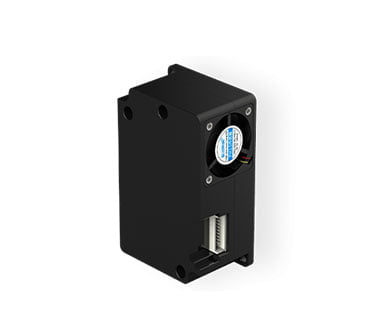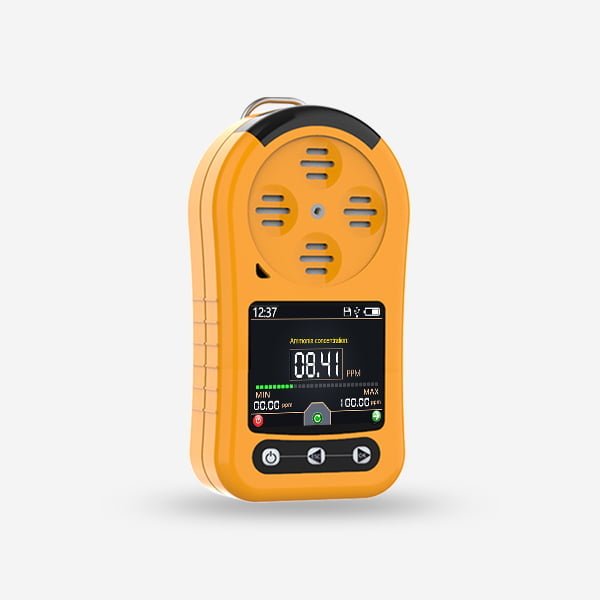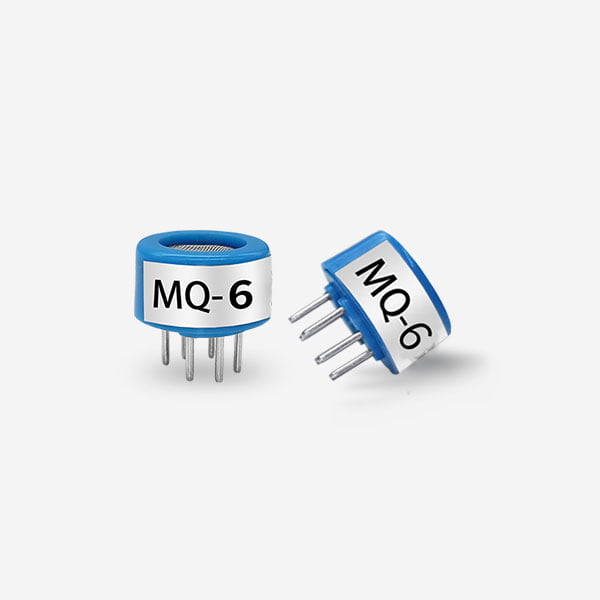The NDIR CO2 Sensor is made of aluminum alloy polishing process. We apply the extraction module to medical petri dishes, air detection and chemical gas production process monitoring; Diffusion modules are suitable for measuring gas leak environments. We use modules in intelligent buildings, ventilation systems, controllers, robots, automotive fields.
The principle of NDIR CO2 sensor
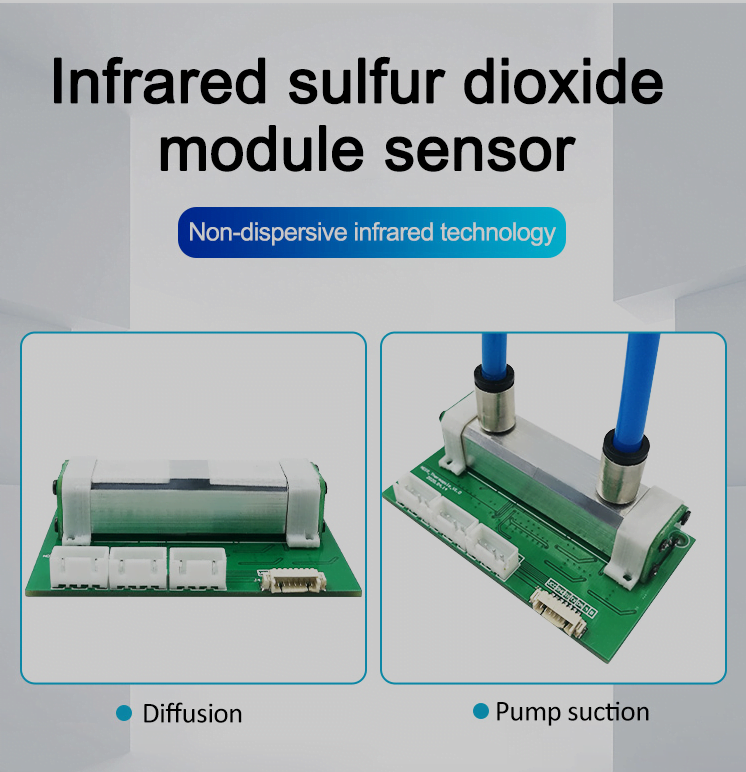
NDIR CO2 sensors utilize the principle of infrared light absorption to measure the concentration of CO2 in the air. They consist of an infrared light source, a chamber containing the air sample, and a detector that measures the amount of light absorbed by CO2 molecules. The measurements are then converted into numbers that represent the concentration of carbon dioxide. NDIR sensors are highly accurate, stable, and reliable, making them suitable for long-term monitoring applications.
The primary advantages of NDIR CO2 sensor
One of the primary advantages of NDIR CO2 sensors is their ability to provide continuous real-time measurements. Traditional methods of measuring CO2 levels, such as grab sampling or using chemical indicators, are time-consuming and yield only snapshot data. NDIR sensors, on the other hand, can monitor CO2 levels continuously, allowing for immediate detection of any changes or fluctuations in air quality. With this real-time data, we can act quickly to improve ventilation or address potential sources of CO2 buildup.
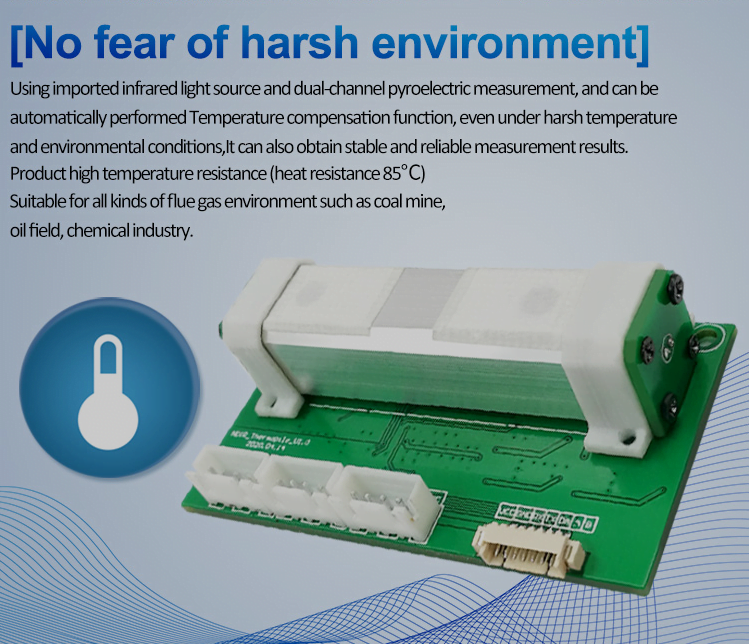
Furthermore, NDIR CO2 sensors are capable of measuring low concentrations of CO2 accurately. Even small increases in CO2 levels can have a noticeable impact on air quality and occupant comfort. With their high sensitivity, NDIR sensors can detect even slight changes in CO2 concentration, alerting occupants or building managers to take necessary measures to maintain a healthy indoor environment.
Another benefit of NDIR CO2 sensors is their long-term stability and low maintenance requirements. Unlike some other gas sensors that require frequent calibration or replacement, NDIR sensors offer excellent stability over time. This reliability ensures that the measurements provided by the sensors remain accurate and consistent, reducing the need for regular calibrations and minimizing downtime.
The data collected by NDIR CO2 sensors can be integrated into building automation systems or IAQ monitoring platforms. This integration allows for centralized monitoring and control of multiple sensors across different areas of a building. By analyzing the collected data, one can obtain patterns and potential problems related to indoor air quality. This information can guide decision-making processes, such as adjusting ventilation rates and identifying emission sources to reduce emissions.
Conclusion
In conclusion, NDIR CO2 sensors play a vital role in monitoring indoor air quality. They provide continuous real-time measurements, accurate detection of low CO2 concentrations, long-term stability and integration capabilities. These advantages make them a valuable tool for maintaining a healthy indoor environment. By utilizing NDIR CO2 sensors, we can ensure better IAQ, leading to improved occupant comfort, productivity, and overall well-being.
